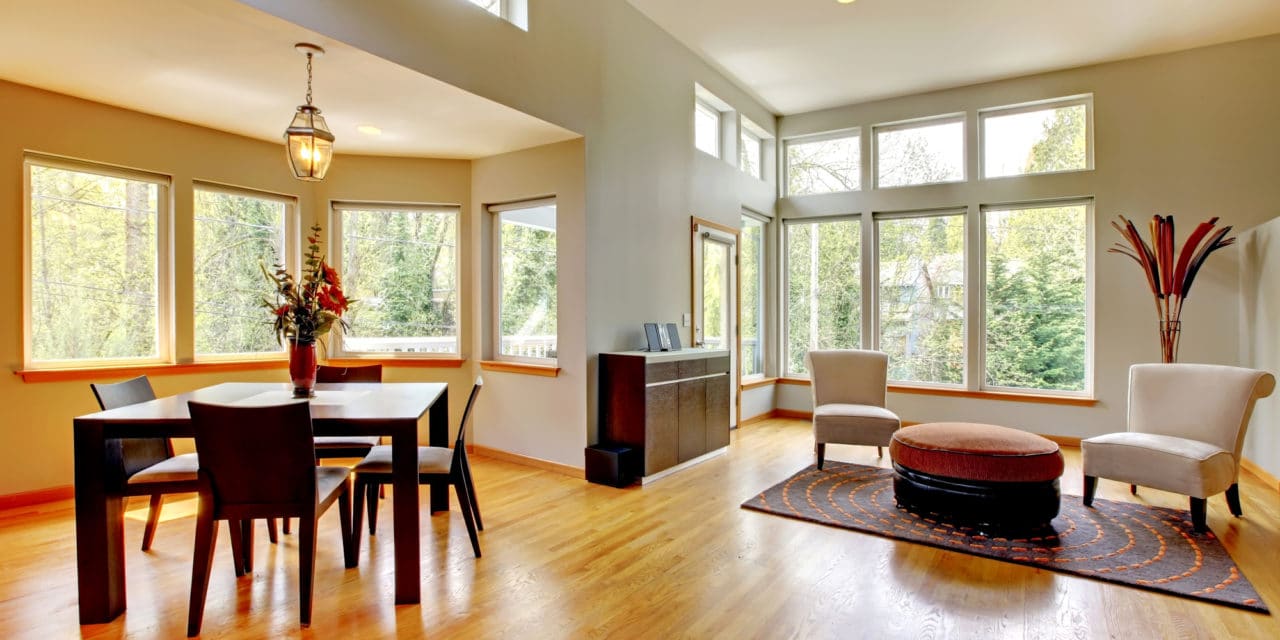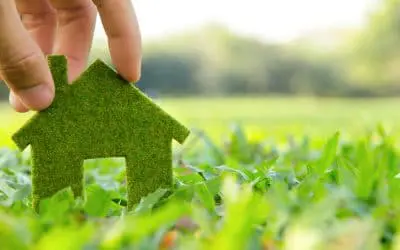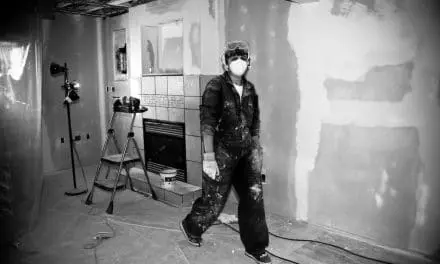Guest Post By Laurie Mazur
When you think of toxic chemicals in the environment, what comes to mind? Perhaps you conjure a belching smokestack, or a pipe discharging chemical waste into your local river.
You probably don’t think of your living room. But you should.
Our homes are—in a very real sense—our primary environment. Americans spend 87 percent of their time indoors; nearly 70 percent of that time is spent at home. So, in addition to worrying about smokestacks and waste pipes, we should focus on the chemicals that lurk in our carpet, paints, and drywall. Today, a wealth of new resources make it easier for everyone—consumers and building professionals alike—to identify and avoid exposure to toxic chemicals.
Hazardous chemicals are shockingly ubiquitous in building materials. For example, that new carpet smell wafting up from your wall-to-wall may contain more than 40 known chemical hazards, including compounds that have been shown to cause respiratory disease, heart attacks, cancer, and asthma; others are neurotoxins and endocrine interrupters that can impair children’s development.
Children, with their small bodies and developing brains, are acutely vulnerable to harmful chemicals in the home. Also at great risk are those who work in the building trades and facilities management, whose jobs require constant exposures to hazardous products. And for people in low-income, marginalized communities that already cope with high levels of pollution, toxic chemicals in the home contribute to a disproportionate burden of disease and early death.
“People assume that chemicals used in building products are strictly regulated and tested for human health impacts,” says Gina Ciganik, CEO of the nonprofit Healthy Building Network (HBN), “Unfortunately, that’s not the case.” It is difficult to even learn what’s in building products, because manufacturers are not required to publicly disclose their ingredients. Often, manufacturers may not know about the chemical hazards in the materials they (or their supply chains) produce, and chemical companies are often reluctant to be transparent about potential health impacts.
But that is beginning to change. Thanks to a wave of innovation in the building products industry, there are now healthier and affordable product options that perform as well—or better—than their toxic counterparts. Much of the innovation is occurring in the nonprofit and affordable housing sectors, which offer resources that enable designers, builders, and consumers to make better choices. For example:
The Healthy Building Network (HBN)—supports the healthy materials movement with data and education that foster greater transparency and product innovation. Their newest initiative, Home Free, offers resources for healthier affordable housing, including information and advice for builders on a budget. For technical staff who are interested in chemical and hazard level data, HBN’s Pharos and Data Commons provide comprehensive hazard data for some 85,000 frequently-used chemicals.
For consumers, the Environmental Working Group’s Home Guide offers easy-to-understand guidance on choosing materials such as flooring, insulation, furniture, countertops and more.
The Health Product Declaration Collaborative is working to make information about healthy products more transparent and accessible to the building industry. Working in coalition with architects, designers, specifiers, owners, manufacturers, contractors, materials researchers, and NGOs, the Collaborative has developed a standard, consistent and reliable reporting format for product contents, called the Health Product Declaration (HPD). If you want to know what is in a building product, you can search their public repository of approximately 4,000 product disclosures. If you don’t find a specific product declaration there, ask your manufacturer to create one.
The Green Science Policy Institute offers strategies to avoid hazardous chemicals, especially flame retardants in furniture and building insulation. The group also offers accessible resources for architects and designers to better understand the worst classes of chemicals, called Six Classes .
The Housing Partnership Network is advancing a procurement platform called Select. Select creates value for affordable housing members by leveraging the collective purchasing power of 200,000+ units to negotiate competitive pricing on a broad array of products. They have begun a partnership with Healthy Building Network to ensure that product offerings include healthier options.
Our homes can support our health and well-being, or they can do the opposite. That is true for the buildings we live in, and also for the planet that is our shared (and irreplaceable) home. Indeed, the hazards that lurk in our living rooms are also polluting our air and water, imperiling our common future. With better information to guide our choices, we can safeguard all of the places we call home.
Laurie Mazur is the editor of the Island Press Urban Resilience Project. She has written extensively for publications including Governing, The Guardian, The New York Times, The Nation, and Multifamily Executive.
FIND MORE INFORMATION ON CERTIFICATIONS AND DATABASES
Pearl Home Certification: Leading the Way to High Performance
Pearl Certification uses an app to carry homeowners through certification, renovations, and then recertification—prioritizing efficiency features along the way.
23 Green Certifications to Look For When Building or Remodeling Your Home
When you’re doing a green building project or starting the research for one the amount of information about products can be overwhelming. Many of the terms related to eco-friendly construction might be totally new to you and leave you bewildered, and scratching your head. We compiled this list of green certifications to help you navigate the world of green building.
Buying an NZE Home? You Need a Green Real Estate Agent
Sure there’s ratings and certifications… But a green real estate agent on your side provides expertise, invaluable guidance, and a commitment to a better future
Our team researches products, companies, studies, and techniques to bring the best of green building to you. Elemental Green does not independently verify the accuracy of all claims regarding featured products, manufacturers, or linked articles. Additionally, product and brand mentions on Elemental Green do not imply endorsement or sponsorship unless specified otherwise.














